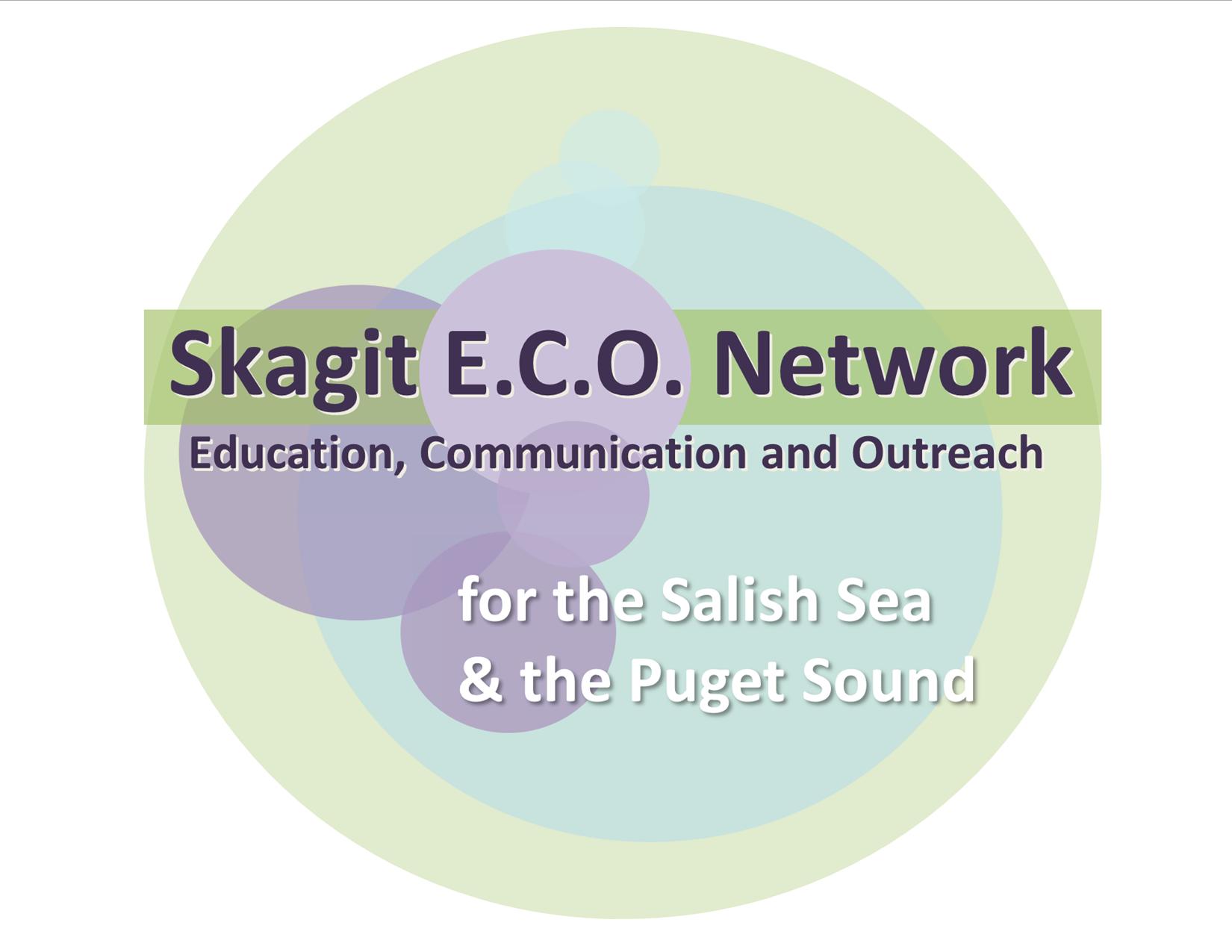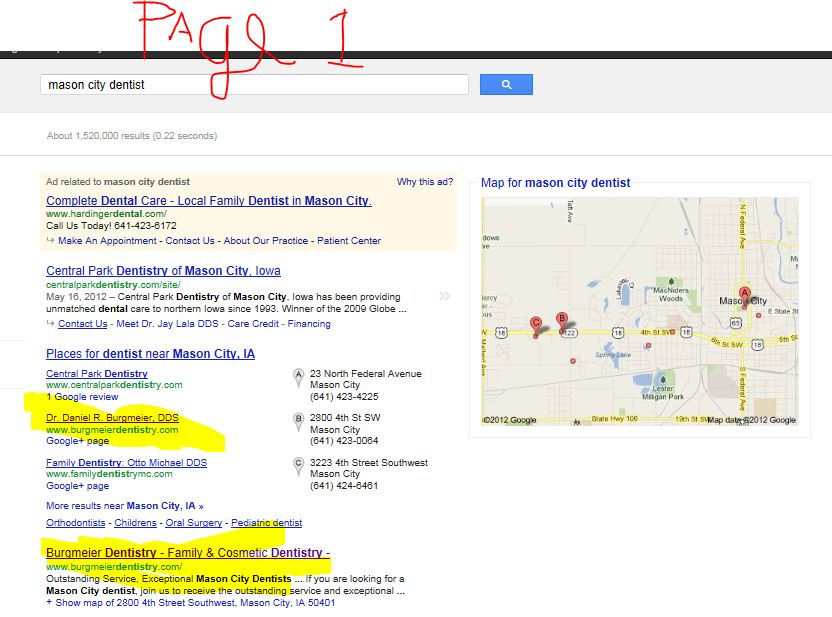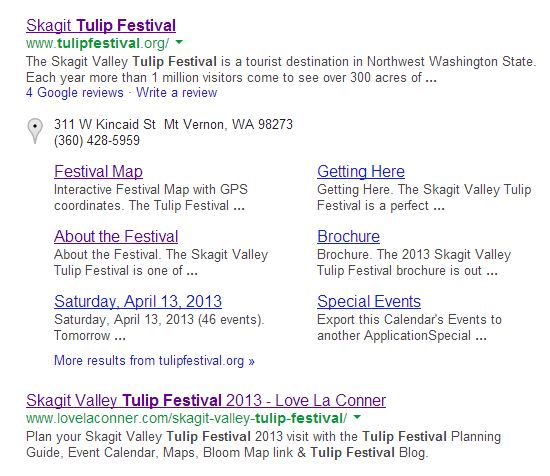Organic SEO – What Is Your Secret Formula?
Content Marketing Organic SEO Approach at Skagit Marketing
Just recently I received this email message after sending the following organic SEO work numbers: Awesome job on the website results from last year to this year. Was wondering what your secret formula was if you do not mind sharing?
What do we do to get you on to the top organic search results? How do we double your unique visitors? Google ranking factors change by the minute – how do we keep up on what works from year to year?
“I’m the head of the webspam team at Google. That means that if you type your name into Google and get porn back, it’s my fault. Unless you’re a porn star, in which case porn is a completely reasonable response.”
Education, hard work and good tools. The first quarter of every year, we study the latest research comparing data from the previous year by reading white papers, attending webinars, reading our favorite blogs written by the brightest folks in the search world, and keeping an eye on what the Google Webmasters (Matt Cutts is an important guy in the organic SEO world) have to say. We are also constantly researching and using new tools to help us with the hard work.
Ranking Factors – Hard (Technical) and Soft (Less-Technical)
If you hire us for content marketing organic SEO work, we will first tackle the basics which means taking a look at “hard ranking factors” which includes the coding on every page and post of your website. We then analyze happenings not on your website such as backlinks and social media. Backlinks (also known as incoming links, inbound links, inlinks, and inward links) are incoming links to any page or post on your website. Overtime backlinks will become a little less important, says Google, and quality backlinks are starting to be more important than the quantity of backlinks. When we talk about “soft ranking factors”, we are referring to user behavior such as social signals (social media), time spent on a given webpage, CTR (click through rate) per search result, and dynamic fresh content.
Let’s take a look at how Google search works. Search engines (Google, Yahoo, Bing, etc) use algorithms to help you find exactly what you are searching for. Algorithms (which are constantly changing) work by looking for clues to better understand what you mean when you search. Based on those clues they pull from “the index”. In an 1/8 of a second you receive results in what are called rich snippets. Google ranks the results using over 200 factors – we call these Ranking Factors. Otherwise known as the best kept secrets in the technology business.
When I first started with a retail eCommerce business, Google would rank websites with factors such as high keyword density – which meant SEO folks would overload pages with keywords. Which then meant, the person searching the keyword would end up with irrelevant search results. Google and other search engines started to change by adding technical factors such as backlinks but also less technical (soft) factors.
This is the snowball cruising down the hill and getting bigger (and more complex) and always changing – the “ranking factors”. The ranking factors accumulate with one goal in mind – present the searcher with the most relevant search results. For an organization/website owner, you can expect more qualified customers/clients arriving at your website “organically” by using a search engine such as Google. How do you make sure the customer ends up at your website when searching a relevant keyword phrase? Create a content marketing organic SEO strategy based on quality ranking factors – hard and soft.
What Influences the Search
It’s important to understand that your organization’s search engine result will depend not only on the entered keyword phrases, but also on the searcher’s personal search history. So you may search using one of your top keyword phrases and see something entirely different than what I see. Are you logged into Google? What browser are you using? Where are you located when you did the search? Are cookies stored on your computer? And, of course, Google is changing everyday. It’s important to analyze your Google Analytic reports frequently for accurate reporting.
Coding On Pages and Posts For SEO
This is where we usually begin when we first take on a new client – the basics. The coding on your website is what is called the hard (technical) ranking factors affecting a high search engine ranking. This is the foundation of your SEO strategy – think about building a home – this is the foundation of your home. It’s not going to give your home incredible curb appeal, but if you don’t have a foundation your house will never sell.
- Length of URL
- Position of Keyword in Title (Character)
- Position of Keyword in Title (Word)
- URL is not a Subdomain
- Existence of Description
- Existence of H2 (headers)
- Sitespeed
- Existence of H1 (headers)
- Keyword in Domain Name
- Video Integration
- Keyword in Description
- Keyword in URL
- Keyword in Title
Another way of thinking of these hard (technical) ranking factors is as prerequisites for a high search result ranking. These are your freshman level classes you have to take before you can move forward.
Coding On Pages And Posts Changes for 2013
2013 research shows that domain name or the URL on a keyword basis is no longer part of your “prerequisites” ( The Penguin Update). And, shorter URLs and domains will tend to rank higher on Google. A logical way of thinking about this is basically that on average across all rankings, the homepage of a domain performs better than individual subdomains or other subpages of the domain.
We also learned from 2013 research that the presence of keywords in the description, title and H1 (title of post or page) remains important. Think about picking out your next great read. Can you imagine trying to do this with a book that has no description on the inside or back cover, no chapters and no headings? And you can see with this analogy how keyword density would have no bearing on what book you buy.
Website Content
This is where content marketing was born. ALL content ranking factors are a good thing when it comes to high rankings! Content, in our world, is about telling the story of your brand. All of these factors below have been upgraded in importance to Google in 2013. However, the biggest change for ranking correlation was word count. Think of these words as the frame of your home on top of your foundation. Images and videos are ways to enhance your words – and Google thinks so too. The higher the number of images on a website, the better the ranking. Your images and videos are definitely your finishing touches to your home just like your tile, carpeting and paint.
Internal links including the number of links and the link text are your “ingredients” for the ultimate “link juice”. However, not only the number of links pointing to the ranked page or post is important, but also the link structure of your entire website. The current research is telling us to use “hard” links internally (with keyword/s) and “soft” links externally (generic/stop works/more words in the anchor, etc).
- Number of Internal Links
- HTML Length
- Word Count
- Keywords in Body
- Keyword in External Links
- Text Character Length
- Internal Link is self-referential
- Keyword in internal Link
- Number of External Links
- Image Count
- Keyword in H2
Soft – Social Signals
Websites that rank in the top positions of Google usually have a large number of social signals such as and in order of correlation:
- Google +1
- Facebook Shares
- Facebook Total (all metrics: shares, likes and comments)
- Facebook Comments
- Facebook Likes
- Tweets
Organic SEO for 2014
What are we focusing on here at Skagit Marketing for 2014? As always, we spend a lot of our time doing on-going optimization of new fresh dynamic content we add to websites, working with social media, creating great content using blogs on client’s websites, utilizing Google+ and AuthorRank, and making sure the websites we work with are mobile-friendly.
We work with lots of small businesses who rely on local search rankings as well as small, medium and large companies marketing at the national level. We have a different approach when working with local search ranking factors. And that will be another post.
For more fun – check out “Building SEO-Focused Pages to Serve Topics & People Rather than Keywords & Rankings” by Moz. Cheers!











Trackbacks & Pingbacks
[…] of our techniques here at Skagit Marketing. So – in case you are wondering what the heck organic SEO is […]
Leave a Reply
Want to join the discussion?Feel free to contribute!